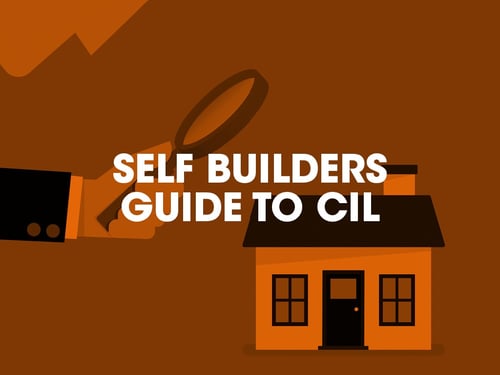Who can claim exemption?
If you build your own home or commission the building of your own home then you may be eligible for the exemption. Community group self-build projects also qualify for the exemption where they meet the required criteria.
When can the exemption be claimed?
An exemption for a self-build home must be granted before the development has started and cannot be claimed retrospectively.
How can the exemption be claimed?
Anyone wishing to claim exemption must take the following to steps prior to development:
Step 1
At the same time as you submit your planning application to the local planning authority, make sure you complete and submit the CIL Additional Information form. This lets the authority now that you could be liable for the CIL levy and they will calculate this charge based on the information you provide. Don’t worry, you’ll be applying for exemption later!
Step 2
As soon as planning permission is granted, you need to complete Form 2: Assumption of Liability.
Step 3
Before you start work you must claim for your exemption (and allow enough time for your exemption to be granted before building starts. Certify that your planned development will meet the criteria to qualify as a ‘self-build’ by submitting Form 7: Self Build Exemption Claim – Part 1 and self-certify:
- The name and address of the person(s) claiming liability
- That the project is a self –build project
- That the you will occupy the premises as your principal premises for a period of 3 years from completion
- That you will provide the required supporting documentation on project completion the confirm the development qualifies for relief
Step 4
Before work commences, complete and submit CIL Form 6: Commencement Notice. Failure to let the authority know you are starting work could result in a surcharge (regardless of your potential exemption status) of up to £2,500.
Step 5
Finally, within six months of work completing, follow-up with relevant supplementary information using Form 7: Self Build Exemption Claim – Part 2.
Evidence required for Step 5 will include:
- Proof of the completion date
- Proof of ownership
- Proof of occupation of the dwelling as your principal residence
In addition to this, you must also provide a copy of one of the following:
- An approved claim from HM Revenue and Customs or;
- A specialist Self Build Warranty or;
- An approved Self Build Mortgage from a bank or building society
If an exemption is granted, what happens next?
If exemption has been granted the chargeable amount will be registered as a ‘local land charge’ on the property for three years from completion.
What is a self-build warranty?
A self-build warranty is a warranty and Certificate of Insurance issued by a warranty provider which provides a ‘latent defects insurance’ policy and which is accompanied by certified Stage Completion Certificates issued to the owner/occupier of the home.
To find out more information visit our Self-Build Warranty page or apply for a quote online.
What is a self-build mortgage?
A self-build mortgage is an approved mortgage arranged to purchase land and/or fund the cost of erecting a house where the loan funds are paid out to the owner/occupier in stages as the building works progress to completion.
To find out more information about CIL exemptions for a Self-Build home visit the Government's help page here.


Have your say